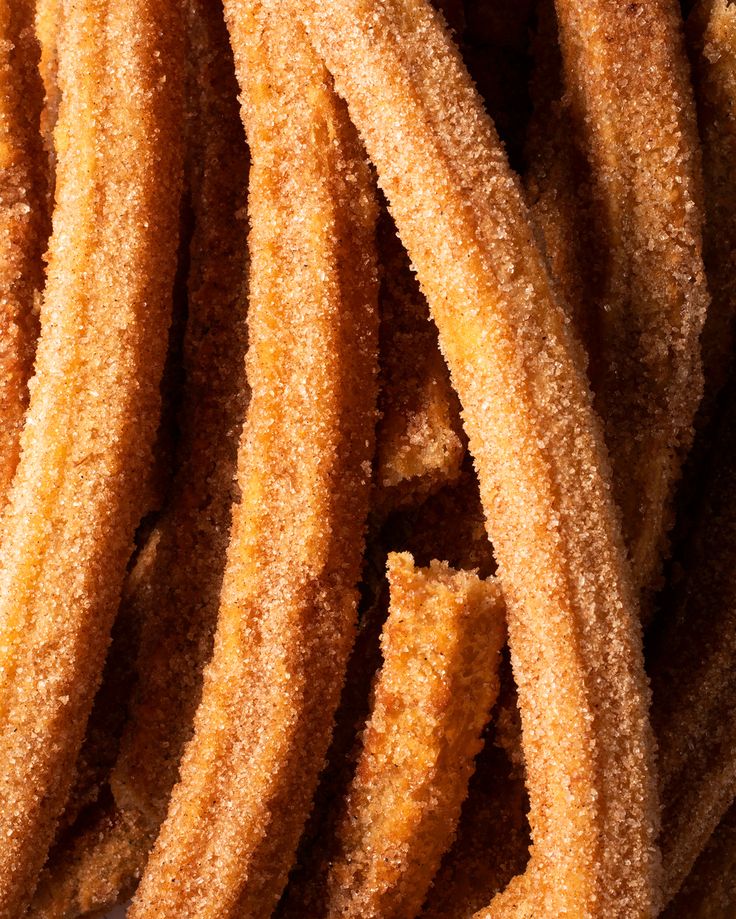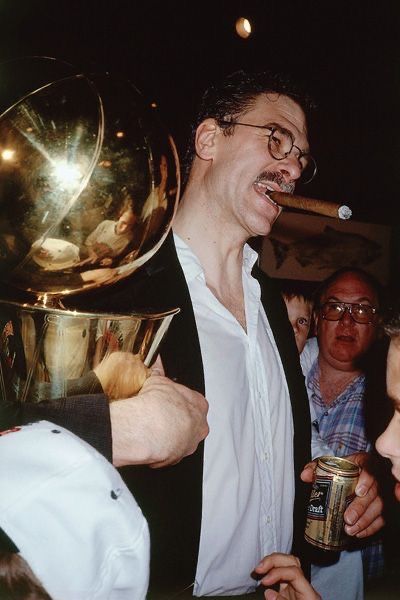Category
Innovation
Date
May 22, 2025
Author
Asher Flowers
“In a finite game, the goal is to win. In an infinite game, the goal is to keep playing.”
— Simon Sinek, The Infinite Game
This piece is heavily influenced by Simon Sinek’s The Infinite Game — not just as theory, but as a lens to view how brands behave in the real world. And one of the most revealing case studies right now? Baileys.
A quick search for Baileys online turns up an indulgent list: churros, strawberries & cream, tiramisu, birthday cake. On Ocado alone, there are six Baileys variants available, each designed to entice, excite and most likely disappear in a matter of months.
This isn’t about flavour-bashing — these products could taste unreal. And let’s be honest, consumers clearly buy them. But that’s not the question. The better question is: what happens to a brand that’s constantly chasing the next moment instead of building the next decade?
Because if innovation is just churn — if products are launched only to be quietly pulled from shelves months later — then we’re not really serving the consumer. We’re cycling through tactics, not building long-term value.
So: who wins?
Baileys: From Groundbreaker to Seasonal Stunt?
Baileys wasn’t always a flavour carousel. When it launched in 1974, it was a category-first idea — the world’s first Irish cream liqueur, combining Irish whiskey and dairy cream. Its creator, David Gluckman, writes in his book That Sht Will Never Sell* how the idea was initially met with scepticism. But the conviction was clear, and the brand had a reason to exist.
Fast forward to today, and Baileys seems to operate as a marketing playground. Each new flavour grabs a headline, a TikTok or an impulse basket — then quietly exits. It’s innovation as rotation. Quantity over meaning.
It leaves us wondering: are these flavours building the brand, or just burning through its cultural equity?
Diageo’s Innovation Strategy: Fast, Flashy, Finite
Zoom out and Baileys’ behaviour reflects a broader pattern at Diageo — one that treats innovation as a short-term lever rather than a long-term discipline.
The clearest signal of this? The recent winding down of Distill Ventures.
Once considered a bold move into startup-backed, culturally relevant spirits, Distill Ventures gave Diageo a seat at the future’s table. It invested in early-stage brands like Seedlip and Ritual Zero Proof — ideas that required time, belief, and a longer view on ROI.
Now, as reported by Drinks Intel, Diageo is quietly severing ties with the programme. It appears they no longer have patience for long games.
Distill’s closure isn’t just a business restructure. It’s a philosophical pivot. A signal that the company is leaning into a finite mindset — where quarterly performance trumps cultural relevance.
The Difference Between Finite and Infinite Brands
Simon Sinek makes the distinction simple:
Finite-minded brands play to win now.
Infinite-minded brands play to endure, to matter, and to evolve.
Right now, Baileys and Diageo are playing the finite game.
And that has consequences. Because in drinks, brand value isn’t just built on sales data — it’s built on emotion, memory and ritual. And that takes time, consistency, and meaning.
Who Gains from Short-Term Innovation?
Let’s return to the question: who really benefits from these rapid-fire launches?
The consumer? Possibly. But they also risk being caught in a never-ending loop of trying something “instead of” — rather than forming habits, rituals or preferences.
The retailer? Perhaps. New products can generate short-term excitement. But if they’re discontinued after a quarter, shelf loyalty suffers.
The brand? That’s less clear. Chasing attention today might chip away at deeper relevance tomorrow.
Because when consumers are trained to pick up “this instead of that,” they don’t form bonds — they form browsing habits. The brand becomes a moment, not a memory.
Baileys in 2040: What’s the Legacy?
Here’s the big question: what happens to Baileys if this pattern continues?
In 10–20 years, will it be remembered as a modern classic — a drink people bring out each winter, woven into routine and ritual?
Or will it become a brand defined by novelty? A liqueur of the month. A sugar-shot for TikTok. Something that tastes fun but ultimately fades?
David Gluckman built Baileys on instinct, purpose and product truth. Would he recognise the brand today? More importantly, would he believe it still has a reason to exist?
Compare That to Weetabix
For a sharp contrast, look at Weetabix.
They’ve released variants — high-protein, minis, chocolate versions — but always with a clear connection to the brand’s core proposition: nutrition, habit, routine.
You don’t see Weetabix launching “Banoffee Cheesecake” editions or “Birthday Cake Protein Crunch.” That’s not their game.
They don’t chase the scroll. They build for the cupboard.
And that’s the infinite mindset in action — brand building that’s unflashy, but unshakable.
A Better Way to Innovate
This isn’t a call for Baileys to stop innovating. It’s a challenge to rethink how.
What would infinite innovation look like?
Fewer flavours, but with real staying power.
Editions that tell a broader story — connecting to occasion, ritual, or a bigger purpose.
Investment in long-term ideas that don’t need a gimmick to land.
More trust in independent brands and slower-growth opportunities — the kind Distill Ventures once championed.
Because when you give innovation room to breathe, it often delivers something much more valuable than buzz: meaning.
Final Thought: Is It Worth It?
Baileys is still a powerful brand. Still deeply loved. But if it continues to chase moments rather than build memory, it risks losing the depth that made it iconic in the first place.
The flavours are fun. But when the noise settles, what remains?
If we want to build brands that matter — brands that people come back to year after year, not just once for the ’gram — then we have to think longer, slower, and with more care.
The infinite game isn’t as sexy. But it’s the only one worth playing.
And still — on 3rd December 2007, Baileys sold its one billionth bottle. That’s an incredible milestone. I personally love the stuff. But that’s exactly why this conversation matters. Because when a brand means something to people, it deserves to be protected — not played.



